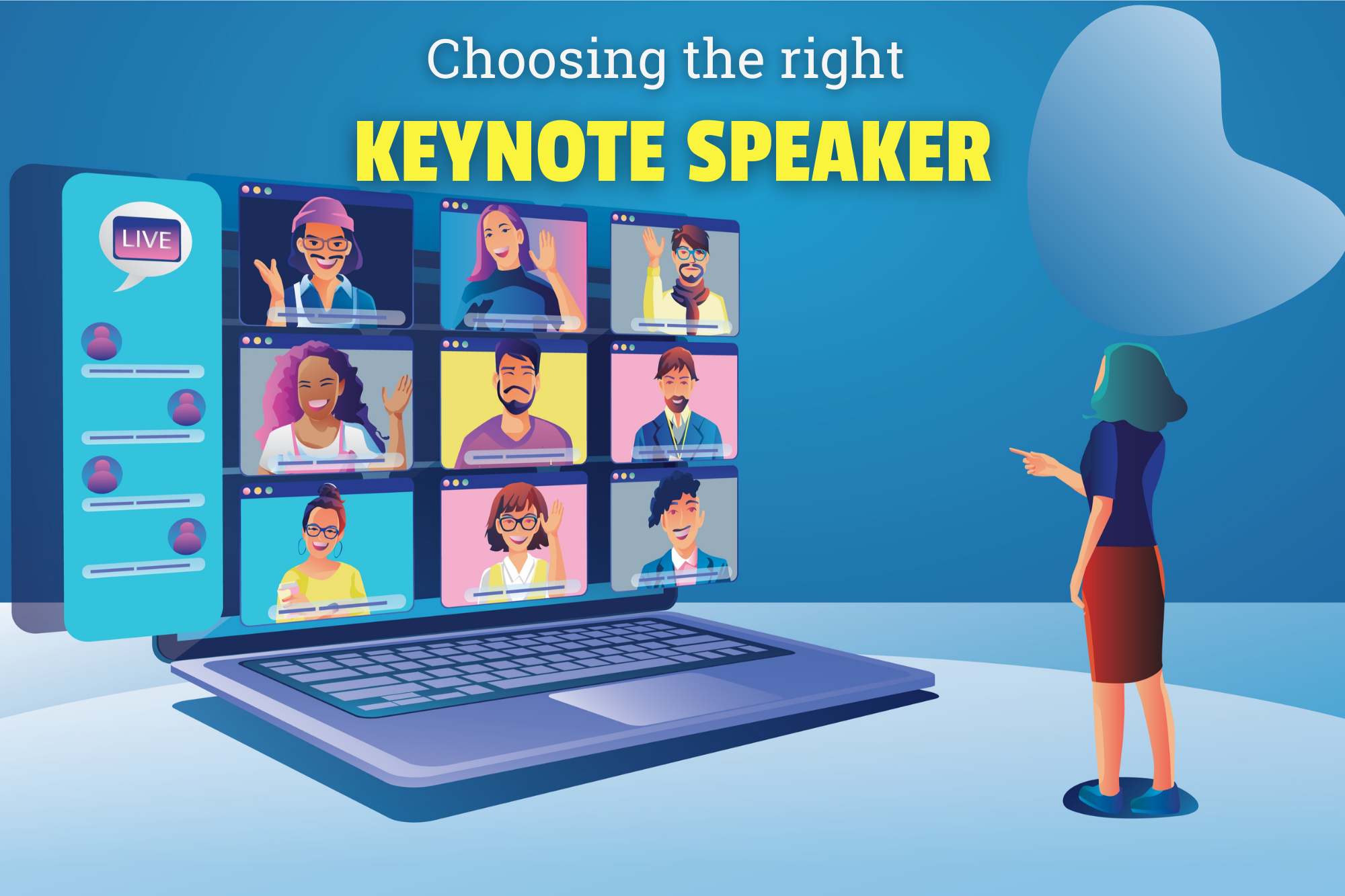Business Storytelling Foundations: Step-by-Step Guide
At 2Win, we often say, "The only thing worse than never telling a story... is telling a bad one." Stories in a business environment should always be...

Choosing the right story to share at the right moment is important to significantly impact your business interactions. Sharing an engaging story is not enough; you need to use storytelling strategically to connect with your audience. A well-timed story can make your presentation unforgettable, simplify complex ideas, and build stronger relationships.
Let's face it: most discussions usually involve data and facts. The ability to tell a compelling story can make you and your message stand out from the crowd. Effective storytelling is not just about the story itself; it's also about knowing the best time to tell certain types of stories. This blog aims to provide you with the knowledge and tools to effectively use storytelling in your professional settings.
Storytelling plays an important role in overcoming buyer indecision, especially in markets with a lot of parity among the solutions offered. When most solutions can check most boxes in terms of features and benefits, relying only on logical arguments and the strength of the product's differentiators might not be enough to win the business. This is where storytelling comes into play, serving as a powerful tool to connect emotionally with potential buyers.
When all else is equal, buyers tend to choose the solution that best connects with them emotionally. Storytelling allows you to make that connection, effectively moving beyond just checking boxes to creating a compelling case that resonates with the buyer's emotions and values.
When it comes to storytelling, it's crucial to ensure that your narrative feels genuine and authentic to your own experiences and perspective. Sometimes, people may interchange the term "authentic" with "comfortable," but it's important to remember that authenticity goes beyond comfort. To start building confidence in your storytelling abilities, it's best to begin with something that feels natural and authentic to you. This helps you develop a sense of competence and comfort with storytelling, which boosts your confidence in sharing your stories with others.
Having a clear understanding of the types of stories that resonate well in different scenarios can significantly enhance your efficiency when it comes to preparing for and engaging in various client interactions. By tailoring your storytelling approach to the specific situation, you can effectively convey your message and create a more meaningful connection with your clients.
Every story we tell, whether it's short-form or long-form, needs to be connected to the Big Idea. To do this, start by identifying the primary objective of the organization. What are they trying to accomplish? They may have multiple goals, but you need to zoom out and look at the big picture. Once you understand the organization's objective, you'll start to see story themes emerge. These themes help us know where to look for examples in our own lives that we can use to shape the perspective of our audience. Here are some examples of what it might look like:
Put them together, and you have your Big Idea. Before telling any story, you should always ask yourself, "What is the Big Idea?" That way, you know any story you tell will resonate with your audience.
Many of us tend to think of stories as lengthy and elaborate productions that are filled with illustrations. In reality, stories come in all shapes and sizes. The point of any story is to make an emotional connection with your audience. Stories are more than just passing information; they are a way to motivate your audience to move forward.
Even long-formed stories need to be told in 3 minutes or less and need to connect to the Big Idea in the first 90 seconds. Now, this doesn't mean tell your story faster. Instead, every part of your story should be carefully chosen, and anything unimportant should be left out. Ask yourself:
By asking yourself these questions, you create a more streamlined and impactful story.
Short-form stories, on the other hand, can be told in 15 seconds or less. They could be a simple one-liner or illustrative analogy that quickly connects to the Big Idea. They're great for making your message clear by comparing it to something familiar, activating the visual part of the brain. A good way to start these types of stories is to say, "That reminds me of..." This approach grabs attention fast and helps make your main message stick.
It is important to have a clear intention in every meeting. This will determine our presence, including our tone of voice, body language, and how we take up space. How we portray ourselves has a greater impact than the words we choose. Simply delivering our message will not result in the outcomes we are looking for.
It's important to note that the inflection in your voice will change depending on your intention. For instance, saying "I want to inform" will have a different inflection than saying "I want to prove." Your intention plays a crucial role in how you present yourself, significantly impacting your audience's perception of you. Remember, it's hard to own your intention if you don't have one.
Storytelling is a powerful tool that can transform your professional interactions by making your message memorable, emotionally resonant, and impactful. By choosing the right story for the right moment, you can overcome buyer indecision, establish authenticity, and create a deeper connection with your audience. Whether it's through industry insights, case studies, or illustrative analogies, storytelling can elevate your communication to a strategic level. Remember, every story should be connected to the Big Idea, and your intention plays a key role in how your message is perceived. Embrace the art of storytelling in your business interactions and watch as it transforms the way you connect and engage with others. Keep exploring different story bridges, refining your storytelling skills, and using stories to amplify your presence.

At 2Win, we often say, "The only thing worse than never telling a story... is telling a bad one." Stories in a business environment should always be...

Ahhh, the glory days of a sales kickoff (SKO), where hundreds or even thousands meet for an energizing five days in places like Las Vegas, Singapore,...
There's a moment in every software demo when you can feel the audience slip away. Maybe it's the glazed look when you dive into feature number 47, or...